Growth in Educational Institutions
The laboratory vacuum-pumps market is also benefiting from the expansion of educational institutions in Italy. Universities and technical colleges are increasingly incorporating advanced laboratory equipment into their curricula to provide students with hands-on experience. This trend is likely to lead to higher procurement of laboratory vacuum pumps, as educational institutions aim to equip their laboratories with state-of-the-art technology. In 2025, it is estimated that educational spending in Italy will reach approximately €15 billion, with a significant portion allocated to laboratory infrastructure. This investment in education suggests a promising outlook for the laboratory vacuum-pumps market, as institutions seek to enhance their research capabilities and prepare students for future careers in science and technology.
Increased Focus on Quality Control
Quality control is becoming increasingly critical in various industries, including food and beverage, chemicals, and pharmaceuticals, which is driving the laboratory vacuum-pumps market in Italy. Companies are investing in advanced laboratory equipment to ensure compliance with stringent quality standards and regulations. The need for precise vacuum systems for testing and analysis is paramount, as it directly impacts product quality and safety. In 2025, the Italian quality control market is projected to grow by approximately 6%, indicating a strong demand for laboratory equipment that meets these standards. This focus on quality assurance suggests that the laboratory vacuum-pumps market will continue to thrive as businesses prioritize the integrity of their products.
Rising Demand in Research Institutions
The laboratory vacuum-pumps market in Italy is experiencing a notable increase in demand, particularly from research institutions. These facilities require advanced vacuum technology for various applications, including material science, chemistry, and biology. The growing emphasis on research and development (R&D) in Italy, supported by government funding and private investments, is likely to drive the need for high-performance vacuum pumps. In 2025, the R&D expenditure in Italy is projected to reach approximately €25 billion, indicating a robust environment for laboratory equipment procurement. This trend suggests that as research activities expand, the laboratory vacuum-pumps market will benefit from increased sales and innovation, positioning it as a critical component in scientific advancements.
Expansion of Pharmaceutical Manufacturing
The pharmaceutical sector in Italy is undergoing significant growth, which is positively impacting the laboratory vacuum-pumps market. With the increasing production of pharmaceuticals, there is a heightened need for efficient vacuum systems to facilitate processes such as drying, distillation, and filtration. In 2025, the Italian pharmaceutical market is expected to exceed €35 billion, reflecting a compound annual growth rate (CAGR) of around 5%. This expansion necessitates the adoption of reliable laboratory vacuum pumps to ensure quality and efficiency in manufacturing processes. Consequently, the laboratory vacuum-pumps market is likely to see a surge in demand as pharmaceutical companies invest in advanced technologies to enhance their production capabilities.
Technological Integration in Laboratory Processes
The integration of advanced technologies, such as automation and digitalization, is reshaping the laboratory landscape in Italy, thereby influencing the laboratory vacuum-pumps market. Laboratories are increasingly adopting automated systems to enhance efficiency and reduce human error in various processes. This trend is likely to drive the demand for vacuum pumps that can seamlessly integrate with automated laboratory setups. In 2025, the automation market in Italy is expected to grow by around 8%, reflecting a shift towards more sophisticated laboratory environments. This technological evolution suggests that the laboratory vacuum-pumps market will benefit from innovations that cater to the needs of modern laboratories, ultimately enhancing productivity and operational efficiency.


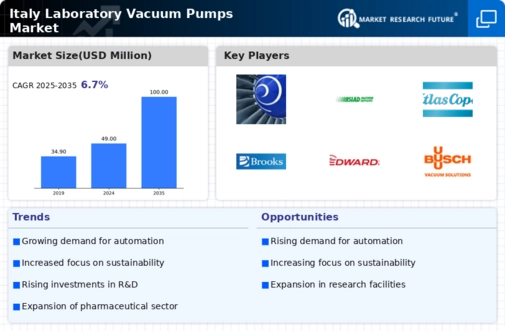

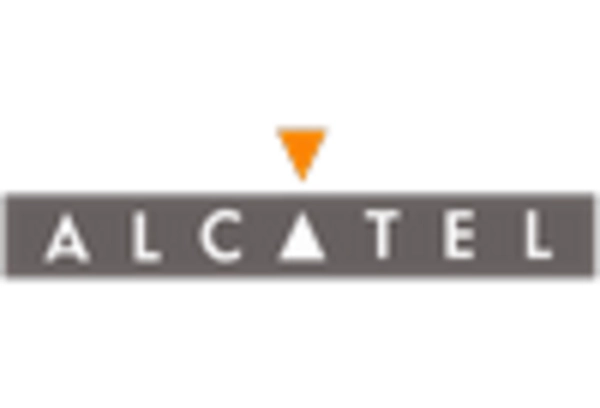
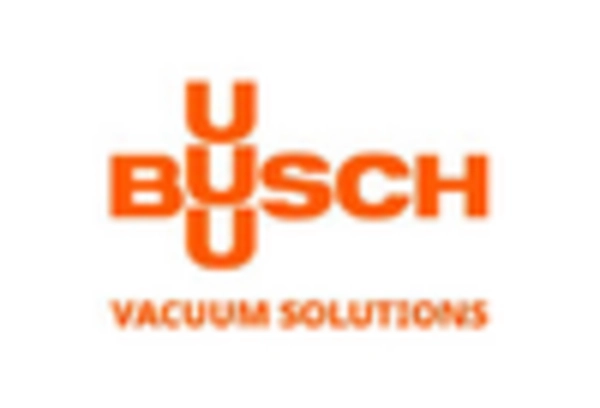

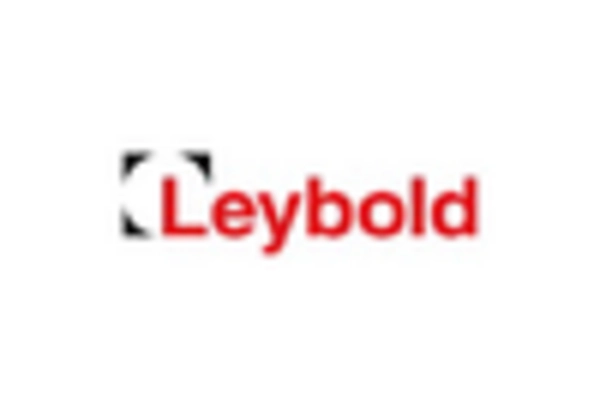
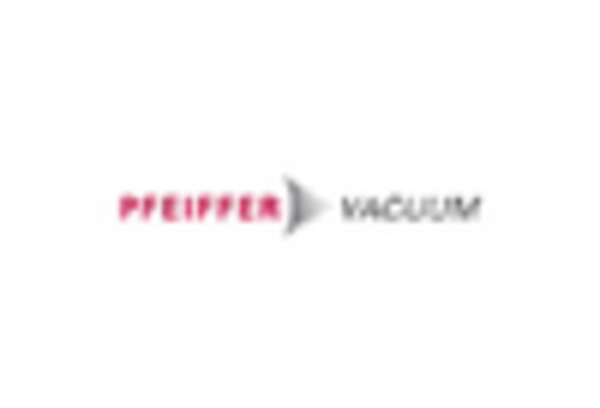








Leave a Comment